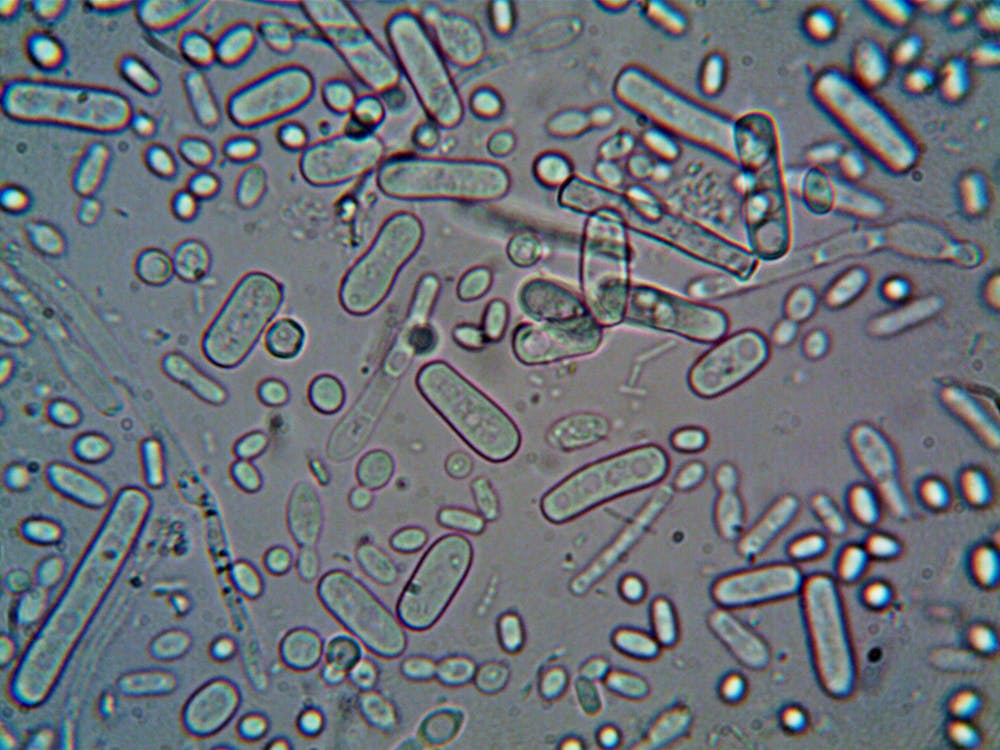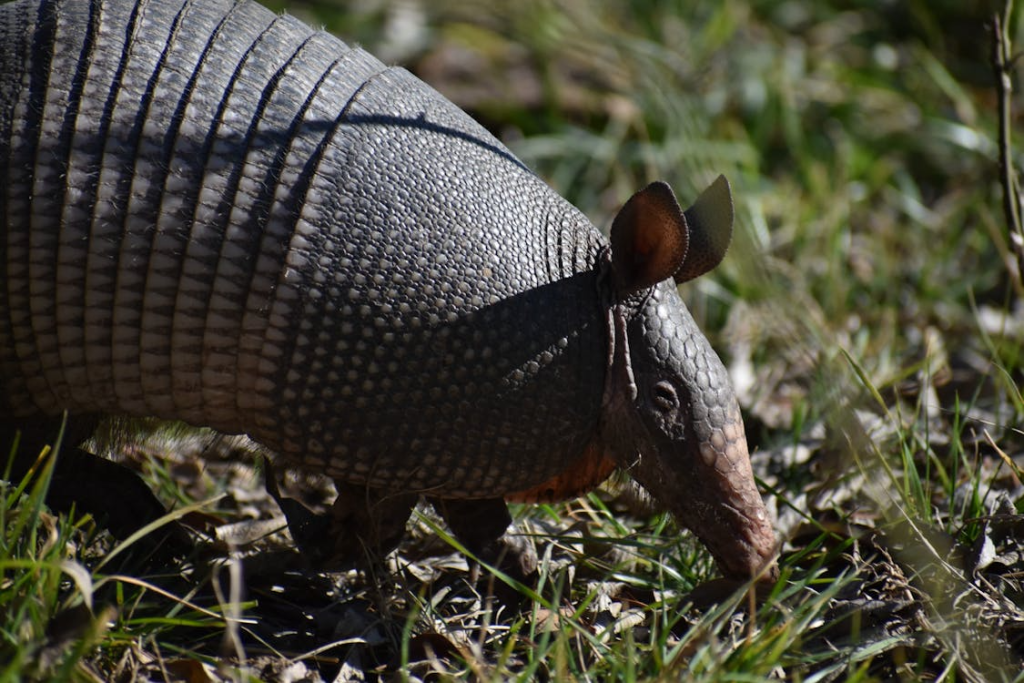Scientists have long believed that leprosy was an import from European settlers in the Americas. However, a recent study published in Science reveals that the disease existed on the continent centuries before Europeans set foot on American soil. This discovery shifts the premise of medical textbooks that credited European colonizers with bringing leprosy to the New World.
Researchers analyzed nearly 800 samples from across the Americas, including ancient skeletal remains and modern clinical specimens. Their findings paint a completely different picture of leprosy’s journey through human history. The team’s work represents the most comprehensive screening ever conducted for this mysterious bacteria.
Ancient DNA Reveals Shocking Truth

Nicolas Rascovan’s team at the Pasteur Institute made an unexpected discovery while analyzing ancient DNA from human remains. They found genetic traces of Mycobacterium lepromatosis in pre-Columbian specimens from North and South America. The bacteria appeared in remains dating back over 1,000 years, predating any known European contact with the continent.
“This discovery really surprised us,” Rascovan said. “It raised an immediate question: how long had this pathogen been around in the Americas before European arrival?” The team began a meticulous investigation to answer this crucial question about the disease’s true origins.
Read More: Doctor Reveals 7 Health Conditions You Can Spot By Just Checking Your Nails
Two Species, Two Different Stories

Leprosy stems from two distinct bacterial species that tell dramatically different stories. Mycobacterium leprae, its more well-known relative, arrived with European colonizers as historians long suspected. However, Mycobacterium lepromatosis followed a completely separate evolutionary path, developing independently in the Americas for thousands of years.
Scientists first identified M. lepromatosis in 2008 when studying a patient of Mexican origin. The discovery revealed that this second agent of Hansen’s disease had been hiding in plain sight. “It was hard for many in the field to accept that a second agent of leprosy had been hiding in plain sight,” said John Spencer from Colorado State University.
Pre-Columbian Evidence Changes Everything

The research team recovered M. lepromatosis DNA from ancient human remains in Canada and Argentina. Despite the vast geographical separation of over 10,000 kilometers, these infections occurred within a relatively narrow timeframe. The strains showed remarkable genetic similarity, suggesting rapid dispersal across the continent within just a few centuries.
“This discovery transforms our understanding of the history of leprosy in America,” said Dr. Maria Lopopolo, the study’s first author. “It shows that a form of the disease was already endemic among Indigenous populations well before the Europeans arrived.”
Read More: The Sad Story of a Young Girl with Parasitic Sand Flea Infection
Rapid Continental Spread Puzzles Scientists

The bacteria’s swift movement across thousands of miles also raises questions about how ancient American societies operated. Scientists discovered affected individuals spanning from Canada to Argentina, all dating from similar periods approximately 1,000 years ago. This distribution pattern suggests either extensive trade networks or unknown animal reservoirs facilitated its dispersion so rapidly.
Whether human-to-human transmission or animal hosts drove this rapid spread remains an open question. Researchers continue investigating how the bacterium achieved such remarkable geographic coverage in such a short timeframe.
Ancient Lineages Hide in Plain Sight

Genomic analysis revealed multiple previously unknown lineages of M. lepromatosis with shocking evolutionary depths. Scientists identified an ancestral branch that diverged over 9,000 years ago yet continues infecting humans today. The discovery suggests M. lepromatosis underwent extensive diversification on the American continent for millennia.
“We may be looking at an emerging pathogen that’s been under the radar,” Rascovan explained. The bacteria’s long-standing presence and genetic diversity indicate it behaves quite differently from its better-studied counterpart.
Animal Reservoirs Hold Missing Pieces

Traditional leprosy has been linked to armadillos in the United States, but M. lepromatosis likely maintains its own mysterious reservoir species. Scientists believe identifying these animal hosts could prevent future outbreaks and illuminate cross-species transmission patterns.
One surprising development emerged when researchers found M. lepromatosis in red squirrels across the British Isles. This discovery puzzled scientists initially, as they had detected the pathogen primarily in the Americas. Analysis suggests the strain infecting European squirrels originated from the Americas between 4,000 and 100 years ago.
Modern Implications of Ancient Disease

Despite sounding like a relic from the distant past, leprosy remains a persistent global health challenge. Over 200,000 new cases emerge annually globally, with the United States reporting approximately 200 cases each year. Modern antibiotics can treat the disease effectively, but it continues threatening communities with limited healthcare access.
Rewriting the History Books

This research fundamentally alters our understanding of disease transmission and human migration patterns. The study exemplifies how combining ancient and modern genetic evidence can completely rewrite established medical histories. Scientists now recognize that assumptions about disease origins require constant reevaluation as new technologies reveal hidden truths. “Our findings significantly alter the historical narrative of leprosy in the Americas,” Rascovan emphasized. The discovery forces researchers to reconsider what other diseases might have independent origins in different world regions.
Read More: 7 of the World’s Oldest Diseases

